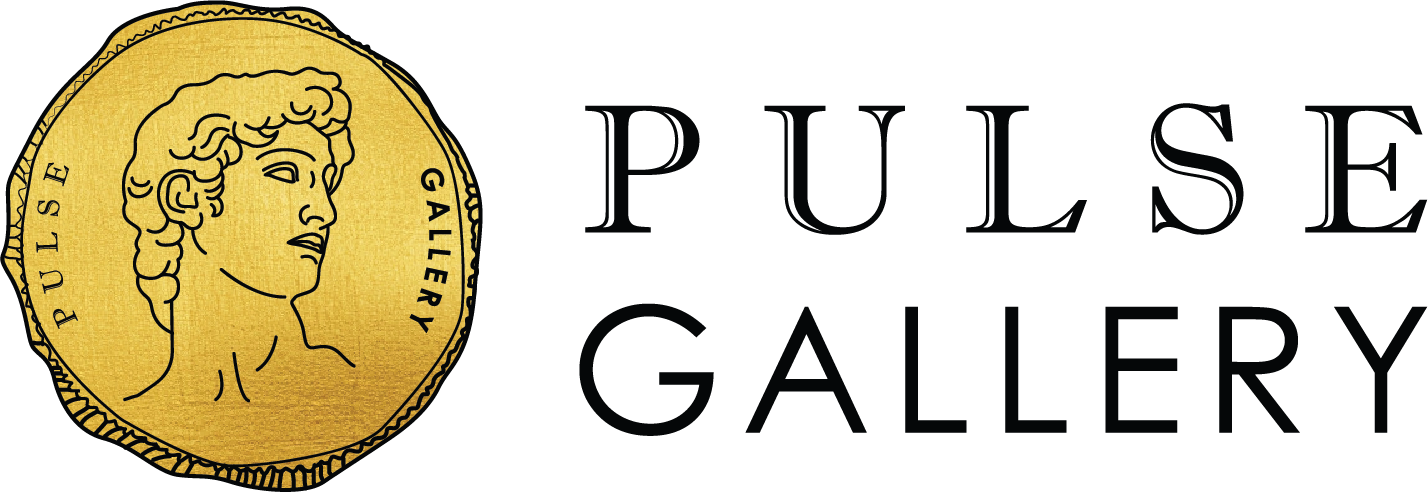Post-traumatic Stress treatment and therapy
9837
Stress and Post-traumatic Stress treatment and therapy

Written by Dr.Deyn on 28 June 2016, last reviewed and updated on 20 July 2022
Stress and Post-traumatic Stress treatment and therapy
Post-traumatic stress disorder, or PTSD, is a mental health condition that is triggered by experiencing or witnessing a traumatic life event. People suffering from PTSD find it difficult to recover from the incident, and they experience disturbing thoughts and/or emotions that persist long after the incident has occurred. People who have experienced or witnessed traumatic events such as a natural disaster, war, sexual assault, violence, a serious injury, or any life-threatening incidents may develop PTSD.
Feeling scared, disturbed or being in distress during and after experiencing or witnessing a terrifying incident is a normal reaction for everyone. In fact, it is how our body defends itself from danger or avoids it. This fight-or-flight response is a typical reaction to fear. While most people recover from this naturally within a short time, people suffering from PTSD remain in emotional and psychological distress that begins right after the event, and possibly lasts for months or even years. PTSD typically develops when the trauma experienced is not processed completely or effectively, hindering the healing process.
You may refer to the list below for some of the common signs and symptoms to see if you are experiencing a normal reaction to a traumatic event or suffering from PTSD. If you or someone you know displays all or most of the listed symptoms, consult a mental health professional as soon as you can. Book an appointment with us for either an online or in-person counselling session.
Please email us at info.bkk@pulse-clinic.com or chat with us on your preferred platform.
Signs and Symptoms of PTSD
The signs and symptoms of PTSD are typically grouped into four main categories: intrusion, avoidance, alterations in cognition and mood, and alterations in reactivity and arousal. Some of the common signs and symptoms of PTSD (which may vary in intensity) include:
1. Intrusion: Re-experiencing the events involuntarily
- Recurrent, unwanted distressing memories of the traumatic event
- Reliving the traumatic event as if it were happening again (flashbacks)
- Upsetting dreams or nightmares about the traumatic event
- Severe emotional distress or physical reactions to something that reminds you of the traumatic event
2. Avoidance
- Staying away from places, events, or objects that remind you of the traumatic event
- Avoiding thoughts or feelings related to the traumatic event
3. Alterations in Cognition and Mood
- Trouble remembering key features of the traumatic event
- Negative or distorted thoughts and feelings about oneself or others
- Distorted beliefs about the cause or consequences of the event leading to wrongly blaming oneself or others
- Loss of interest in activities that were once enjoyable
- Having difficulty concentrating
- Persisting fear, anger, guilt or shame
- Feeling detached or estranged from others
4. Alterations in Reactivity and Arousal
- Hypervigilance or being overly watchful of one’s surroundings in a suspecting way
- Being easily startled
- Feeling tense or “on edge”
- Having difficulty sleeping
- Having angry outbursts or being irritable
- Behaving recklessly or in a self-destructive way
Treatment for PTSD
PTSD counselling can involve various types of interventions. These interventions can be used in combination or singly, which will depend on factors like the severity of your symptoms or the intensity of the traumatic event. Some of the common interventions methods for PTSD include:
1. Cognitive Behavioural Therapy (CBT):
CBT is an effective intervention method for PTSD as it helps you identify unhelpful and unhealthy thinking and behavioural patterns, and replace them with healthier and more positive ones. CBT can also help by increasing your emotional insight by exploring ways to cope with reminders of the trauma. With the help of our trusted therapists, clients who undergo CBT can reframe disturbing negative emotions (such as shame and guilt) and beliefs (such as “I have failed”; “the world is dangerous”) due to the trauma. Through this, you can slowly eliminate unhealthy behaviours, thoughts and feelings and slowly work towards recovering from the traumatic event.
2. Exposure Therapy:
Exposure therapy is a well-established treatment for PTSD that helps clients confront their fears by focusing on and describing the details of the trauma. When people are scared of something, they tend to avoid the feared object or event. Although this avoidance behaviour may seem to help reduce feelings of fear temporarily, it can increase fear towards the object or event in the long run. Exposure therapy, thus, helps to break this pattern of avoidance and fear. During exposure therapy, our experienced therapists will create a safe and controlled environment to repeatedly “expose” you to the feared object or event and teach you ways on how to manage and reduce the fear experienced. This may sound all too daunting; rest assured, our therapists will be with you every step of the way to provide you with all the support that you need.
3. Eye Movement Desensitisation and Reprocessing Therapy (EMDR):
EMDR is a unique treatment for PTSD that focuses on the memory centres of the brain, specifically on events or triggers, and any neurological associations. EMDR is helpful as it facilitates the desensitisation of the traumatic object or event, reducing the impact of symptoms such as flashbacks, triggers, or hypervigilance. Furthermore, EMDR can train your brain to orient more accurately and recognize that the traumatic event is over and in the past, allowing you to engage in rational reasoning and thought. During EMDR therapy, our therapists will focus primarily on your memory of the trauma and aim to change how this memory is stored in your brain. Our therapists will guide you during the process to help reduce and eliminate the distressing symptoms you are experiencing.
4. Brief Eclectic Psychotherapy (BEP):
BET is a unique therapeutic intervention for PTSD that aims to slowly get rid of painful thoughts and feelings caused by the traumatic object or event. While adopting several different components also used in CBT, BEP adopts a psychodynamic approach that emphasises on the feelings such as shame or guilt and thrives on the relationship shared between you and your therapist. BEP typically follows a 16-session programme, with each individual session having its own specific objective. In BEP, our therapists will work with you in reducing and managing your symptoms of PTSD better.
5. Narrative Exposure Therapy (NET):
In NET, a chronological narrative of your life is created while concentrating mainly on your traumatic experiences, but also including some positive life events. NET can be effective as it allows you to contextualise the cognitive, affective and sensory memory systems of your trauma. By expressing your life narrative, the memory of your traumatic experience can be refined and understood better and more accurately.
Add us on Line and stay in touch.
Add us on Line and stay in touch.








